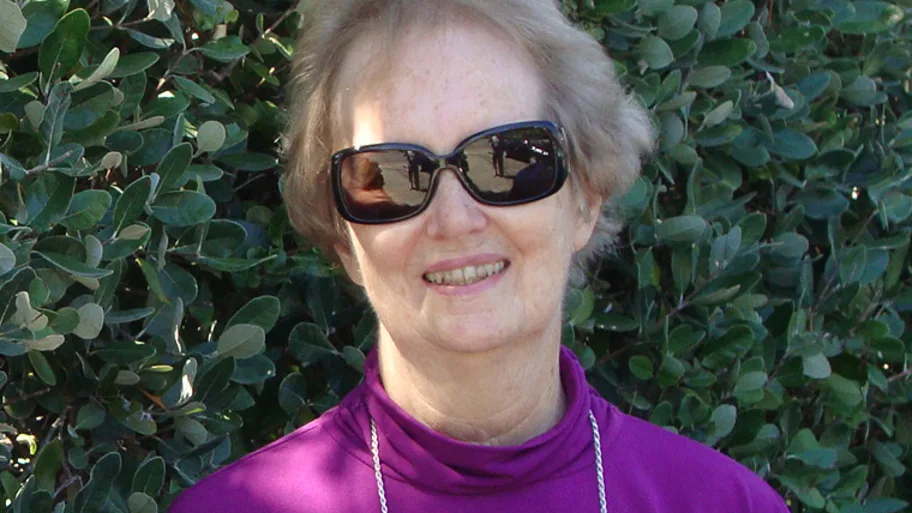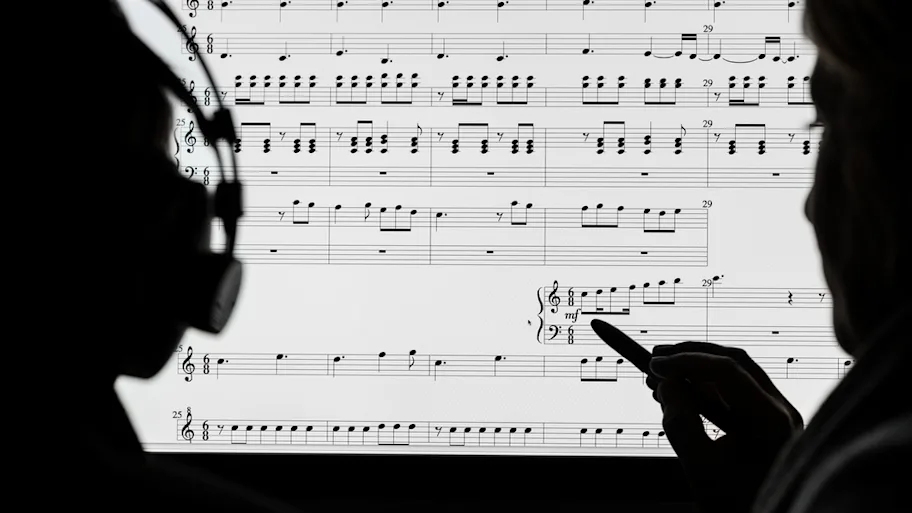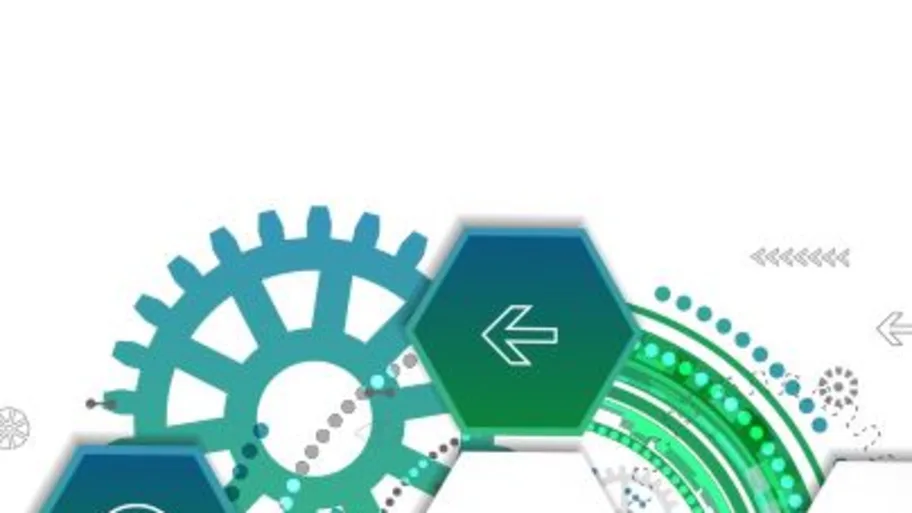
- Science news
- Humanities
- An Interview with Yannick Rochat on Digital Humanities
An Interview with Yannick Rochat on Digital Humanities
The Annual Conference of the Alliance of Digital Humanities Organizations (#DH2015) – is currently taking place in Sydney, Australia from June 29 to July 3.
Though Frontiers is not attending, we recently met with Yannick Rochat, postgraduate researcher of the EPFL Digital Humanities Lab who will be presenting on ‘Character Network Analysis of Émile Zola’s Les Rougon-Macquart’ on July 1, to discuss the current state of the field. His comments deliver an insightful look at what it means to study Digital Humanities today.
Digital Humanities are here to stay.
The field has, for a good half-century, been coming into its own, echoing a global need for new connections, new dialogues, and a new way of approaching the old.
The old reshuffled. Refurbished. Reinstated. Interdisciplinarity is central to Digital Humanities. The field exhibits an interest in bridging traditionally holistic and hermetic disciplines. Openness and dialogue are key.
Indeed, it would be impossible for one aspect of its bipartite structure to subsume the other (that the “digital” would consume and undo humanities, or the obverse: that humanities could “triumph” over the digital fad). The foundation of Digital Humanities is the necessity for dialogue.
As the interview below shows, the field may be seen as a kind of global, ever-renewed marriage between traditional academia and the digital age, an ongoing conversation between different methodologies, traditions, schools, disciplines, that recognize the “other” (the computer scientist, the literary historian) as essential to, constitutive of oneself.

Yannick Rochat
Yannick Rochat
M.W.: Digital Humanities is an “emerging discipline”.
Yannick Rochat: Compared to Mathematics, Humanities and Social Sciences, and Informatics, Digital Humanities appear as an emerging discipline. Nevertheless, it’s important to ensure that the label doesn’t stick to the discipline for too long.
Numerous universities are opening relief positions, professorships or Digital Humanities labs. Some researchers are discovering that they are/were practicing Digital Humanities before they had even encountered that designation.
M.W.: This designation after the fact is very interesting. I wonder how many future disciplines exist without our knowing it yet.
Y.R.: Possibly there are an infinite number, future, present and past; but the majority of new disciplines (one would need to define the granularity level of the term “discipline”) capsize quickly, some achieve a minor kind of success, which often fades when the initiators retire, and in rare cases some manage to break through. The rules may change from one domain to the other. Who knows…
M.W.: Digital Humanities are of the latter kind…
Y.R.: Digital Humanites, which can be traced back to the middle of the 20th century (with the work of Roberto Busa and the humanities computing), have clearly entered into a period of recognition. In order to remove this label of emerging discipline, we have now to define at which moment the maturation period will begin (or has begun?).
“Emerging” is meant in the sense of “spontaneous” as used in complex systems, rather than in the sense of “growing” as used in economics.
M.W.: In other words, the phenomenon has found a shape, a name, but is in essence irreducible to its individual elements. The common denominator is a kind of systematized and fully embraced interdisciplinarity which had already existed avant la lettre****.
Y.R.: Sometimes, I see Digital Humanities as a political force inside science (whose goal would be to aim at more interdisciplinarity globally), while at other times, I see it as a club, a place where people gather and discuss. I mean, most of these researchers send their papers to journals not (“officially”) in digital humanities, but they have a place where to meet and exchange.
M.W.: As you mentioned, computation and humanities have intersected and evolved continuously together during the last half-century. How does one delineate Digital Humanities’ interdisciplinarity?
Y.R.: Digital Humanities could find themselves endlessly described as a transition period, as that encounter between experimental sciences and human sciences so difficult to institute that it was necessary to detour via the creation of a new discipline which replaced a previous disciplinary space where diverse experiences preferred to speak of “borrowing” or “reappropriating” a grouping of methods (the usage of maps in history, or of statistics in social sciences, for instance).
Digital Humanities do not rely on the creation or discovery of an object (the computer for informatics, space for astrophysics) inducing a clear-cut definition, but are located instead at the crossroads of objects previously linked to different disciplines (text, image, map, sound, etc.),
But if you begin to itemize the activities of researchers doing Digital Humanities, you find a great diversity (partly due to the variety of studied sources) at the heart of which junctions are systematic. The use of informatics tools and of mathematics within text analysis comes to mind initially, and this suffices to describe the greater part of the field. But one also encounters problems close to each of the media previously evoked, and to all the combinations that follow (this can easily be verified by simply looking at a book of abstracts for one of the annual conferences). All of these activities benefit from an essential and original element which Digital Humanities supply: the ability to conduct one’s research outside the limits imposed by “traditional” disciplines.
M.W.: Is it fair to say that Digital Humanities should be seen as a fully fledged discipline with the benefit of serving both experimental and humanistic disciplines without being held back by traditional obstacles linked to the separation of these disciplines?
Y.R.: Exactly.
M.W.: Both visions can perhaps co-exist, even help each other? The emerging discipline would help or encourage (or force) the other to open itself, to question itself…
Y.R.: I don’t know if this is an acknowledged intent, but it’s desirable.
It remains to be seen who or what defines Digital Humanities. It could be the people actively doing it, through the sum of their work, which receives the “Digital Humanities” stamp of approval (the Day of DH Initiative is an example of this). Or it could be a hypothetical research committee who would impose an unambiguous definition that would imply, necessarily, a limitation of the field’s possibilities, and consequently an inevitable exclusion from the community of research projects and members (a very improbable scenario, in my opinion).
M.W.: To echo the previous theme of DH as a club, an area of interdisciplinary play, there is room for sensibilities separated by traditional delineations that are usually difficult to bridge.
Y.R.: In situating your research within the context of Digital Humanities, you can borrow or obtain a theoretical framework, methodologies, financial backing, and the feedback of a community very much alive and very much expanding. In cases where the fundamental contexts seemed irreconcilable this can help boost its success, prove its worth.
Still, it’s necessary to draft a basic condition for research to be part of Digital Humanities. Simply: a “digital” component must co-exist alongside a “humanities” component. With this as a starting point, I think that all research elements combining these two aspects should be welcome. One should just keep in mind that this prerequisite is a very substantial one, and that it isn’t necessarily easy to bring together research using digital means (digitization of archives, database compilation, quantitative methods in text analysis, etc.) with research on digital media (game studies, software studies, fanfiction, etc.).
For now, researchers either make do with local, changing definitions, or they simply don’t worry about the issue. This should continue.
M.W.: What are the most recent and, in your opinion, most interesting developments that have occurred in Digital Humanities?
Y.R.: The field is very rich and diverse. In the midst of this, choosing becomes difficult. One project that comes to mind is UCL’s “Transcribe Bentham”, a projection revolving around the transcription of Jeremy Bentham’s philosophical texts that brings together digitization, databases, interface design, crowdsourcing and even psychology. Or the article “A Network Framework of Cultural History”, by Maximilian Schich et al., where the idea of summarily representing life paths through the dates/places of birth/death of ‘notable’ individuals led to a fascinating visualization, thanks to the quality of the visual element and the breadth of the database used (150’000 individuals). Obviously, these two projects constitute only a minute part of the community’s output.
Additionally, at the risk of coming across as self-promotional, I need to evoke a project organized by our very own students, and which seems emblematic of the diversity in Digital Humanities, of the questions/issues we address, and of the ingenuity needed to find solutions. This project, recompensed by our Lab and titled “Crowdsourcing Approach for 3D Environment Mapping”, extracts three dimensional modelisations of video content posted online. Drones had already simplified work relating to framing and shooting; now we no longer have to send them off ourselves.
To learn more about digital humanities, visit our journal page at: http://journal.frontiersin.org/journal/digital-humanities






